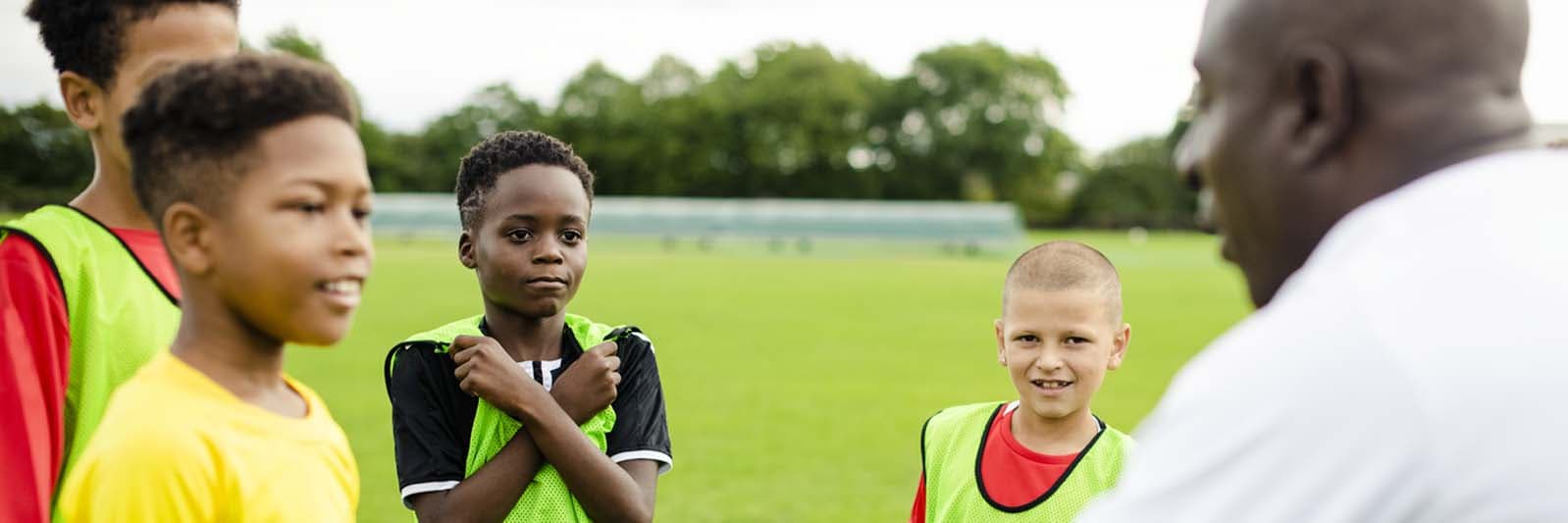
What Every Coach of Girls Needs to Know
What Every Coach of Girls Needs to Know. If you’ve ever watched your daughter compete and wondered why one day she’s full of energy, sharp, and agile, and another day she’s lethargic, unfocused, and prone to injury, you’re not imagining things. Yet, there’s a critical factor at play that almost no one is talking about or teaching coaches: menstrual cycles.
For female athletes, hormonal fluctuations significantly impact energy levels, mental focus, mood stability, and even injury susceptibility. Research increasingly shows that during certain phases of their menstrual cycle, girls are more prone to fatigue, decreased coordination, and a higher risk of ACL injuries. Despite this clear evidence, most youth sports coaches—especially those coaching girls—receive virtually no training on how to factor menstrual cycles into their training and game-day strategies.
The Reason Girls Should Play Sports
The reality for young female athletes? They rarely feel comfortable speaking up about their cycles or the physical and emotional challenges they’re facing. The stigma and discomfort around the topic create a barrier that prevents athletes from getting the tailored support they desperately need.
The Hidden Struggle of Body Image
Even more concerning, training plans rarely acknowledge these hormonal shifts. Coaches often push the same intensity regardless of the athlete’s current hormonal phase, potentially harming performance, increasing injury risks, and damaging athletes’ confidence.
And let’s not forget—yes, white shorts are still the norm for many girls’ teams, adding unnecessary anxiety and discomfort for athletes already navigating these challenges.
It’s time to break the silence. Educating coaches about menstrual cycles isn’t just about biology—it’s about ensuring female athletes feel safe, supported, and empowered to perform their best. Coaches who understand and adapt to their athletes’ needs create stronger teams and healthier athletes, both physically and emotionally.
As someone who has lived this both professionally and personally—covering sports for decades and raising daughters within them—I’m not here to shame or blame. I’m here to advocate. If we want to keep girls in sports, thriving and loving the game, we must make space for these conversations. We owe it to them to understand what they’re going through—even when it’s uncomfortable.
Coaches, parents, and sports organizations must prioritize menstrual cycle education. It’s not just a nice-to-have; it’s essential to genuinely support girls in sports.
Resources for Coaches and Parents:
How to Normalize Talking About Menstrual Health With Your Athletes” by Claire Badenhorst
This article emphasizes the importance of open communication between coaches and female athletes regarding menstrual health. It offers strategies for initiating these conversations and underscores the impact of hormonal fluctuations on performance.
Training During the Female Athlete Menstrual Cycle” by Erica Suter
Erica Suter discusses the hormonal changes throughout the menstrual cycle and their implications for training. She provides actionable steps for coaches to tailor training programs that align with these physiological variations.Coaching Athletes
On Their Period: Normalizing the Conversation” by Volt Athletics
This piece explores the physiological differences between male and female athletes, focusing on how menstrual cycles can affect performance. It offers guidance on how coaches can approach the topic sensitively and effectively.











